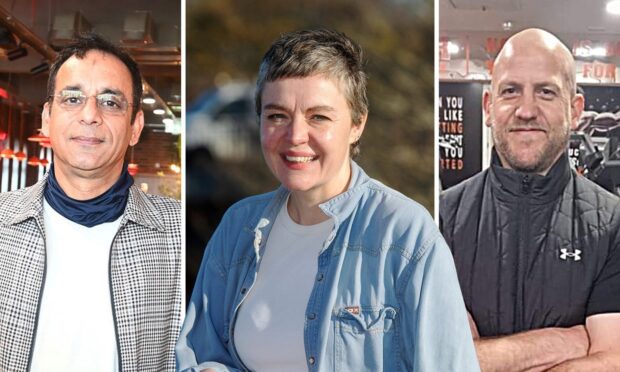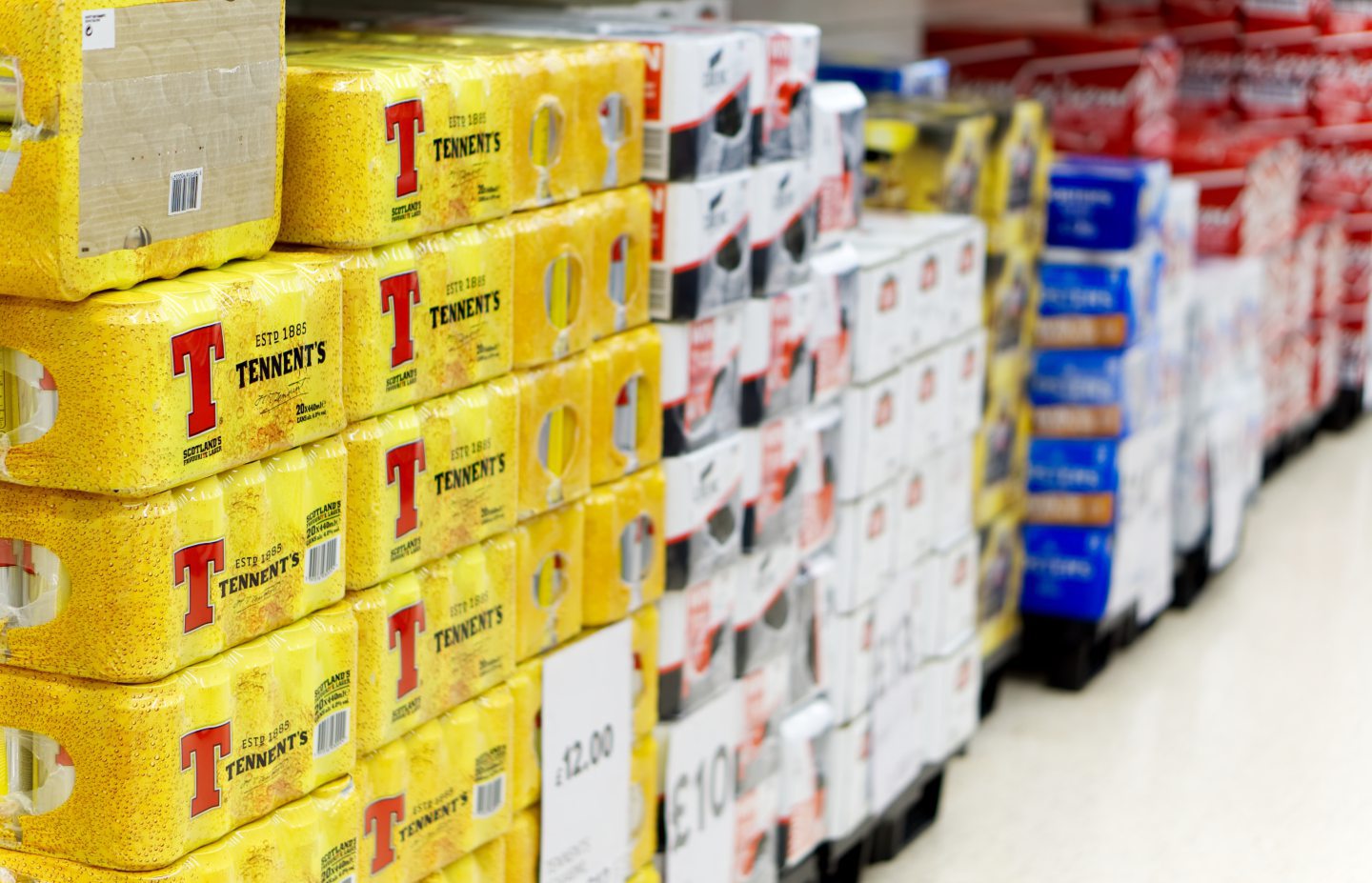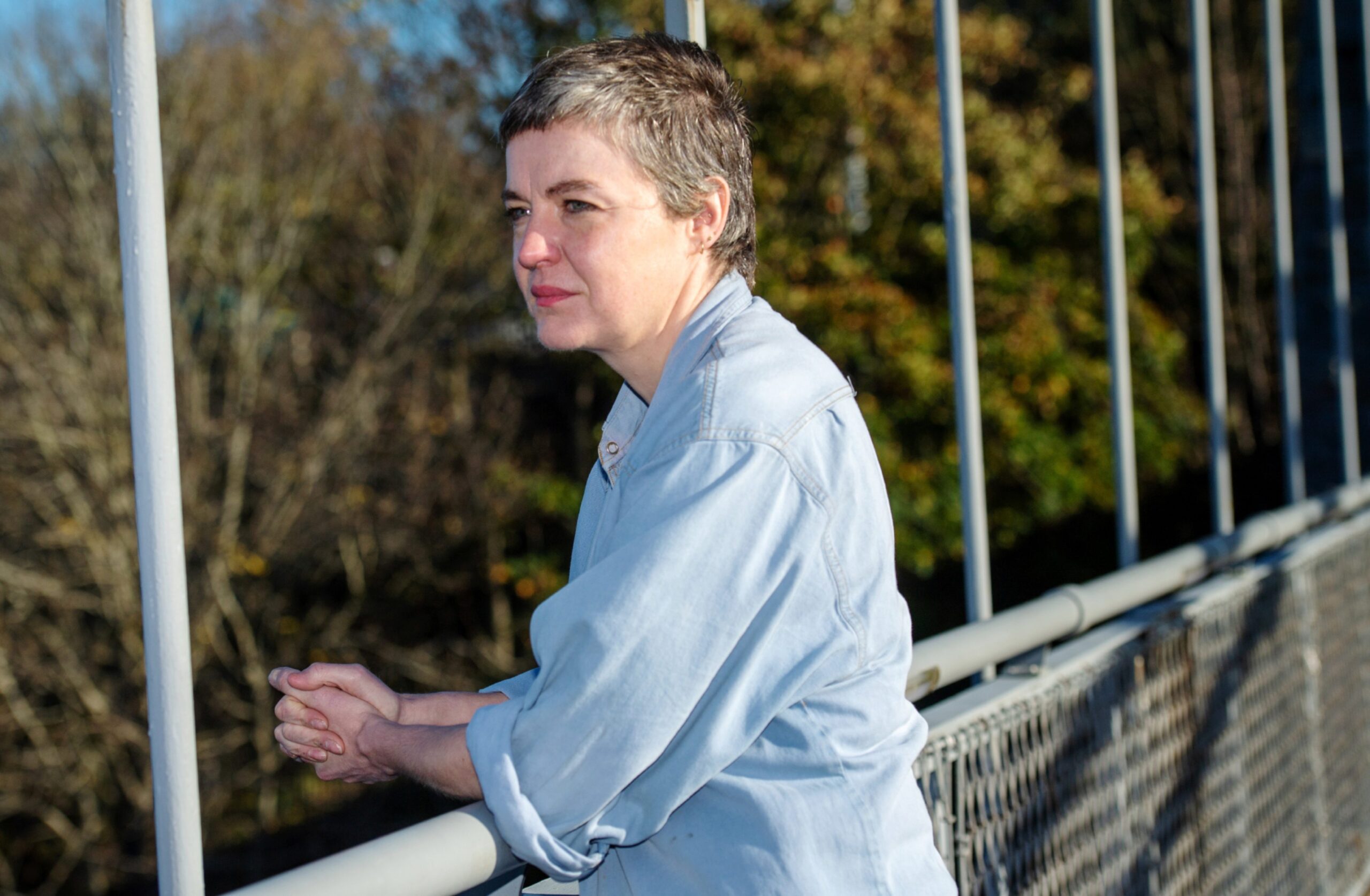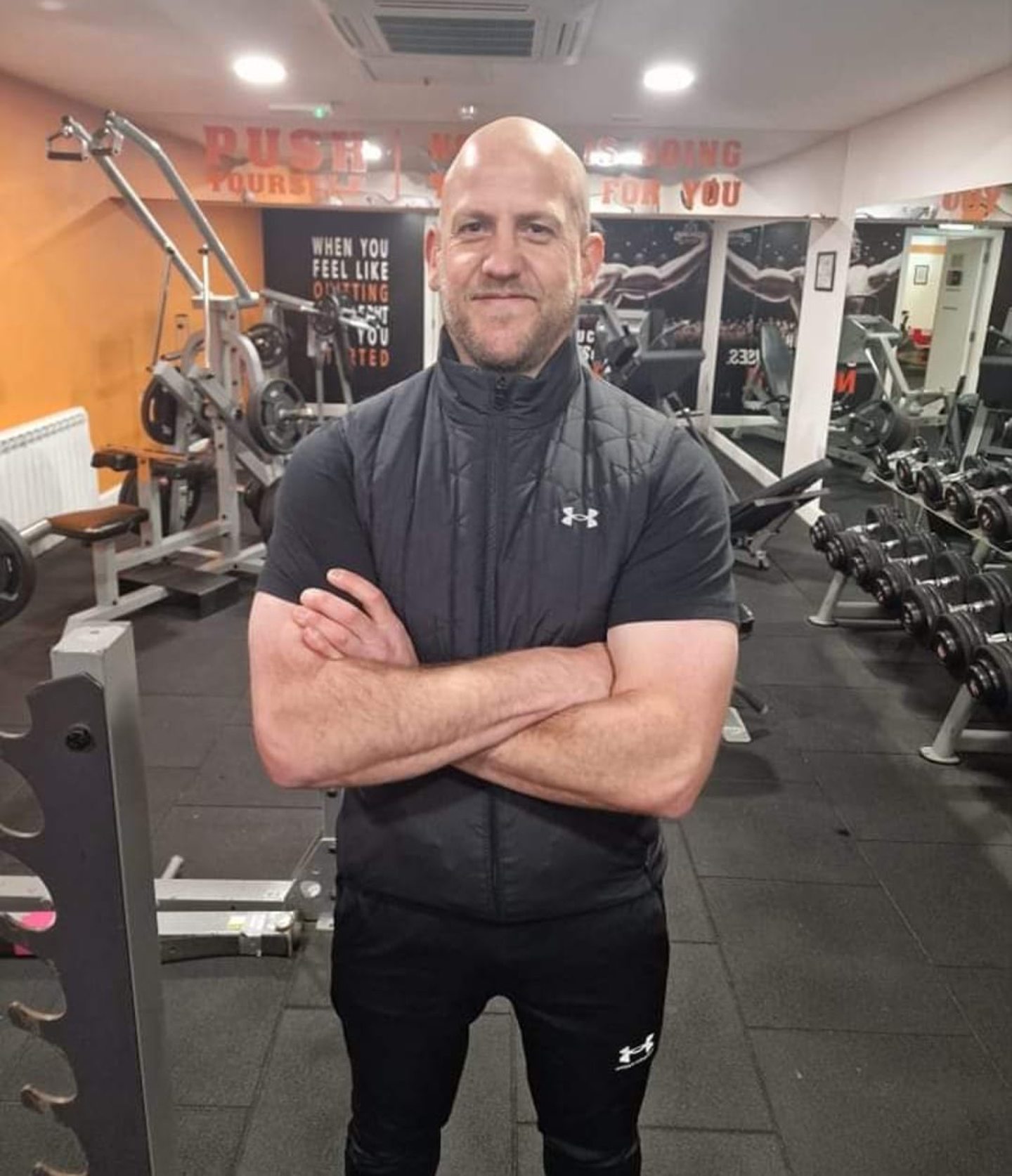From the end of this month, cheap alcohol in Scotland is going to be more expensive.
An increase in the controversial minimum unit pricing (MUP) will kick into effect on Monday, September 30, adding an extra 15 pence to the baseline price of a unit of booze.
The increase means the cheapest a 13.5% abv bottle of wine can be sold for in Scottish shops will rise from just over a fiver to nearly £6.60.
The cheapest 500ml can of 4.5% beer will jump from £1.13 to nearly £1.50.
Your cheapest bottle of whisky? Up from £14 to £18.20.
Scotland’s poor record when it comes to drinking habits
The increases are significant and unlikely to be popular. A P&J shout-out for readers’ views spawned a large – and negative – response to the upcoming move.
The policy is part of the Scottish Government’s plan to encourage the country to reduce its relatively high rates of alcohol consumption.
The initial MUP, introduced in 2018, was a global first for Scotland in terms of policy – and with good reason.
One-fifth of Scottish drinkers consume seven or more units of alcohol in a typical drinking day, higher than the 16% of all UK drinkers, according to a 2021 Drinkaware report.
A global drug survey released in 2020 put Scots top of a list of 25 countries in terms of how often people get drunk.
Scots also score highly when it comes to alcoholism and related deaths, but extreme and dangerous drinking are not the intended targets of MUP.
Backed heavily by the SNP, the policy is more about gently pushing people into making better health choices, explains Fraser Hoggan, CEO of Aberdeen-based charity Alcohol & Drugs Action.
“MUP is about nudging behaviours generally across the whole population and having impact on those drinking above the recommended guidelines,” he says.
‘It just made all the people that drank cider really angry’
But can Scotland be nudged into drinking less?
Those on the ground of the country’s booze industry suggest not.
Michael Howden was a manager at an Aberdeenshire Co-op when minimum unit pricing first came in and remembers some of the store’s cheaper cider products doubling in price.
“But people still bought it,” he says. “It just made all the people that drank cider really angry, or they just moved on to drinking something else.”
Aberdeen restauranter Sunny Bhatti owned a chain of city convenience stores when the new policy came into effect.
He says minimum unit pricing had no effect on alcohol sales.
“People are still going to buy alcohol. I don’t think the prices make any difference.”
Is it possible to moderate people’s drinking habits?
One of the theories behind minimum unit pricing is to influence people at the moment of decision-making – namely, while they are browsing the alcohol shelves at the local supermarket or off-licence.
Some psychologists argue that this is the best way to moderate behaviour, rather than simply lecturing people that alcohol is bad for them.
However, Sarah Rochester’s experience of giving up alcohol suggests that this might not be true for everyone.
Like most people, Sarah, from Birsemore near Aboyne, wasn’t a heavy drinker. But she wanted to drink less for the good of her health.
She discovered that the only way to do that was through total abstinence.
“There may be people for whom that sort of gentle nudge approach really would work,” says Sarah, who in 2022 gave a TEDx talk in Aberdeen about her decision to quit drinking.
“It’s just my experience that in the sober and sober curious community, there is a really strong message that they struggled with moderation.”
Environment and education the key to healthier habits
Sarah says environment could have a bigger influence on drinking habits. For example, since she stopped drinking three years ago, her husband has scaled back his own drinking.
“On the day I stopped drinking, I didn’t go around the house and pour all the whisky down the sink or anything,” she says. “But because we’re not routinely in the habit of looking out for it and buying it and having it in the house, drinking becomes more of an occasion.”
Michael, the former Co-op manager, believes education is the key.
He owns the Station 83 gym in Kemnay and hosts teen gym sessions for local schoolchildren to instill in them the importance of staying healthy.
“Growing up myself, we were given absolutely zero guidance and I think it is about getting that knowledge in early,” says Michael.
“It’s not all the government’s responsibility.”
Crunching the data on minimum unit pricing
Scotland has had minimum unit pricing for six years, so does the data show it has made a difference?
Unfortunately, it seems possible to draw whatever conclusion you want from the figures, depending on what side of the argument you sit on.
Government body Public Health Scotland (PHS) estimates minimum unit pricing has reduced deaths directly caused by alcohol consumption by 13.4% and hospital admissions by 4.1%.
On the other hand, Westminster-based think tank the Institute of Economic Affairs, which disputes PHS’s analysis, says there is little evidence of health and social benefits, at a cost to the Scottish taxpayer of £270m in the four years after implementation.
Meanwhile, the companies that produce the millions of litres of alcohol drunk each year in Scotland are adapting to changing legislation.
To get around price increases related to how alcoholic their drinks are, a number of producers have lowered ABV (alcohol by volume).
This so-called ‘drinkflation’ includes Carlsberg’s Danish Pilsner dropping from 3.8% abv to 3.4% and Foster’s going from 4% to 3.7%
So while your next bottle of alcohol may be more expensive, it could also be less alcoholic.





Conversation